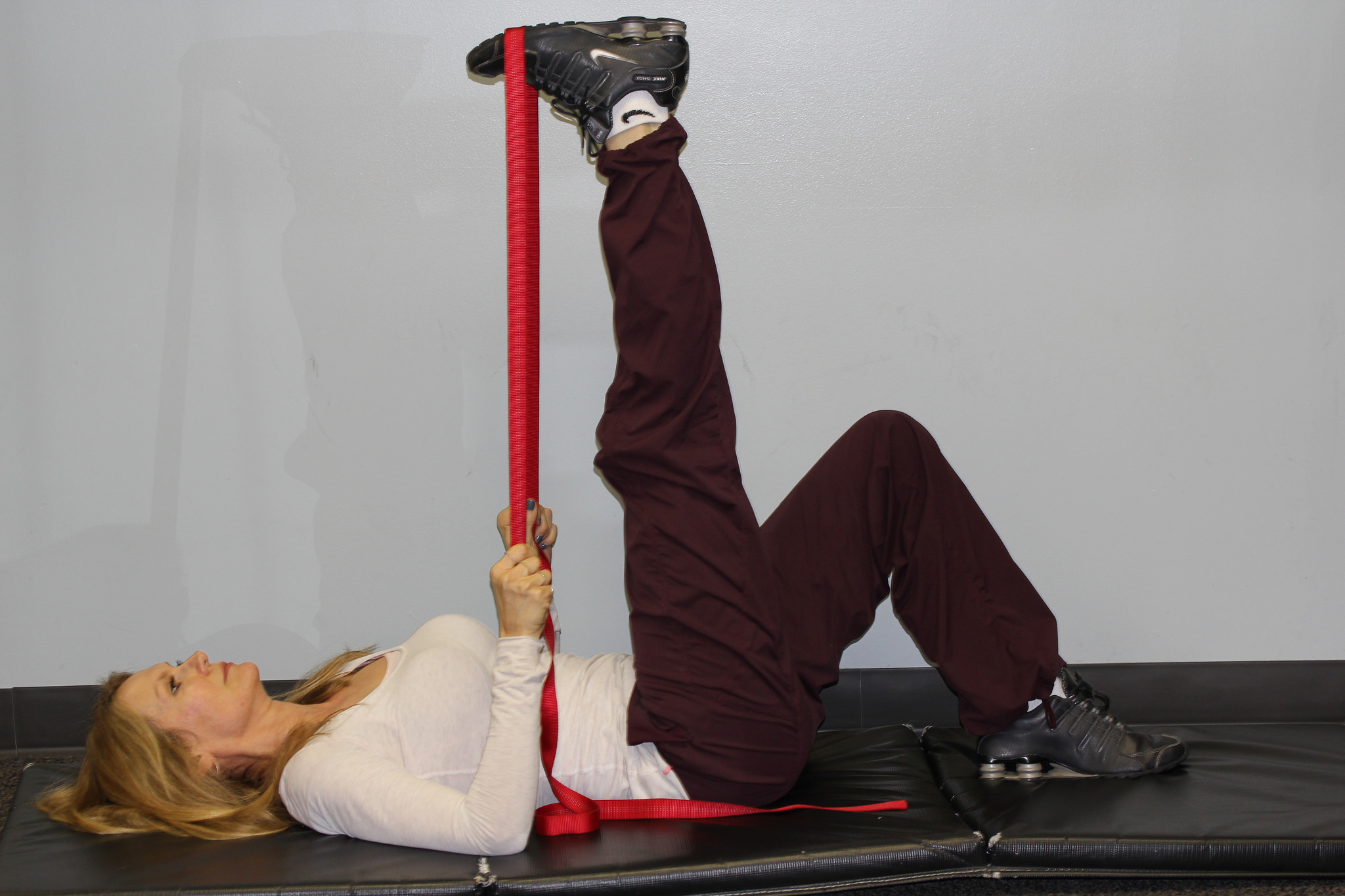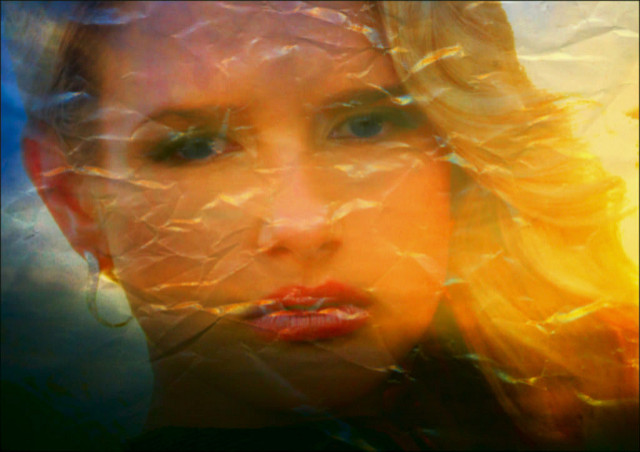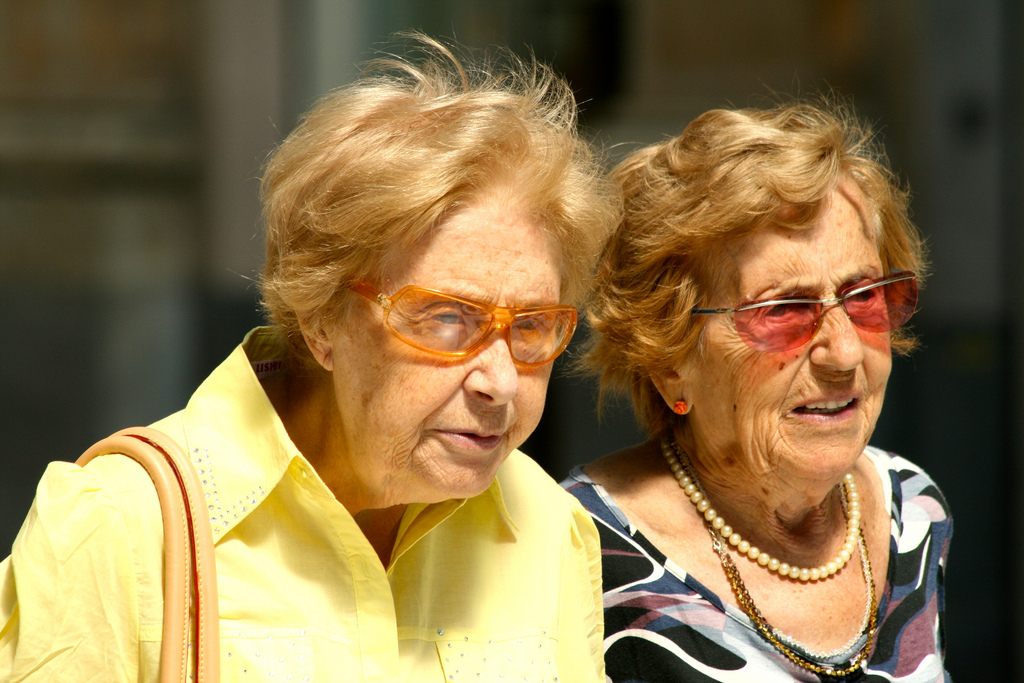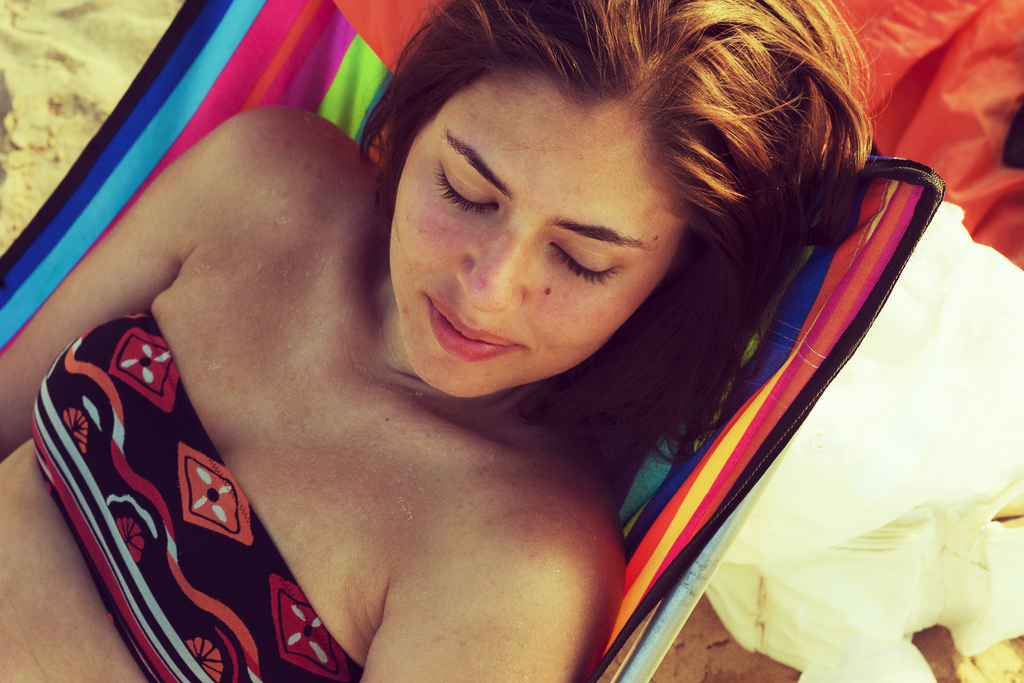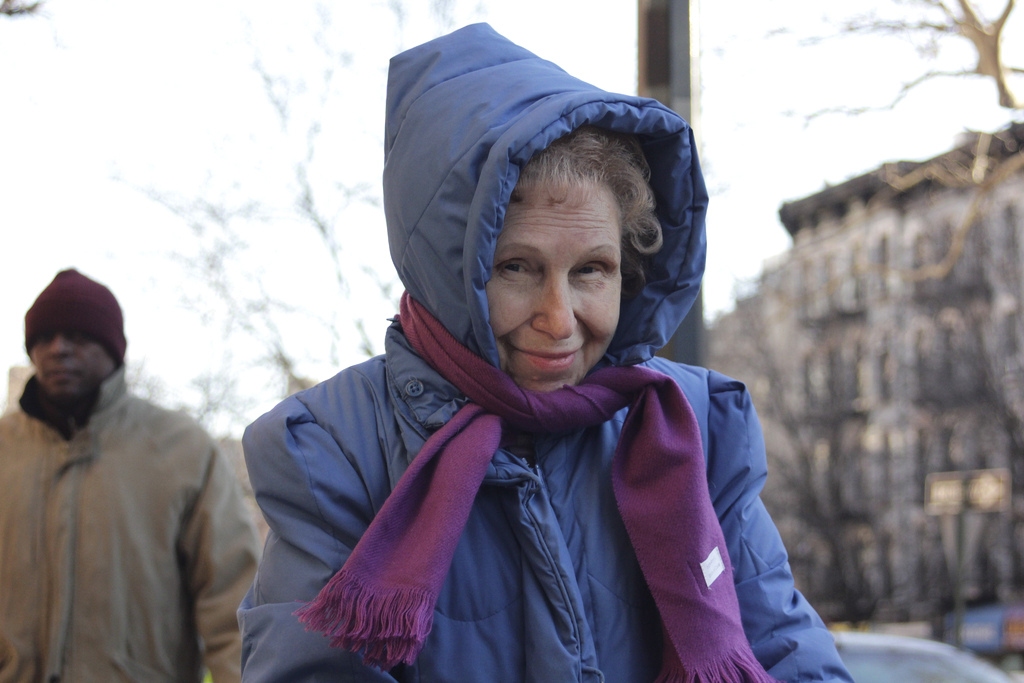
Image: Timothy Krause
There are things that we barely noticed not until we examined ourselves closely. This is especially true for skin issues brought by aging.
The Common Signs of Aging
The following are gentle reminders that you are aging and that the more you should take care of yourself especially your skin:
1. Hyperpigmentation
Hyperpigmentation is one of the largest skin concerns for both men and women in the United States. It is a harmless skin condition characterized by patches of skin that are darker than the surrounding skin. This dark patches are brought about by excessive production of melanin, the pigment that gives the skin its color.
Unprotected sun exposure is one of the most common causes of hyperpigmentation. When the skin is exposed to the UV rays, the pigment melanin is produced in order to protect the skin from injury. But when the exposure is too much for melanin to handle, the skin reacts through the formation of darker skin cells, protecting the overexposed areas.
The simplest way to prevent hyperpigmentation is to wear sunscreen. The American Academy of Dermatology recommends using a broad-spectrum sunscreen with a sun protection factor (SPF) of at least 30.
2. Dry skin
Dry, itchy, and rough skin is common among aging women. This happens as a result of sun damage, decreased cell renewal, loss of hormones, and having fewer natural oils.
There are things that can be done in order to keep the skin from further drying as we age. Using sunscreen is one of the simplest yet often neglected skin advice. The sun’s UVA and UVB rays can speed up the skin’s aging process and cause other skin problems like melasma, age spots, and wrinkles. Sunscreen should be applied before heading outdoors and reapplied for at least every two hours.
Applying creams containing retinoid (a chemical related to vitamin A) also helps. Topical retinoid can be great for those with dry, sagging, and blotchy skin.
Aside from retinoids, one can also try using moisturizers with glycolic acid, glycerin, aloe vera, and other similar ingredients that help in keeping the skin supple.
3. Dull skin
Dull skin is when you’re having a skin that lacks radiance or glow. It may also involve other skin problems like uneven skin tone or texture.
The lack of glow in your skin is often the result of poor blood circulation. It can be due to smoking, excessive alcohol consumption, poor diet, dehydration, and basically anything that deprives the skin its needed nutrients and oxygen.
If you’re starting to notice dullness in your skin, know that you can still bring back its glow. You can do it by quitting smoking, moderating your alcohol consumption, start eating healthy, drinking more water, and starting an anti-aging skin regimen.
As we age, it’s important to include exfoliation in our skincare regimen. Exfoliation gets rid of the dead skin cells that are contributing to skin dullness. You may want to try exfoliating products containing glycolic acid. It’s an effective exfoliator and is a common ingredient in chemical peels.
4. Open pores
Enlarged pores are more noticeable as we age. They create that irregular texture in the skin and keeps the skin from having that radiance or glow.
Large pores become more obvious as a result of reduction in collagen. Collagen is the substance that makes the skin look plump. Since its production usually declines as we age, the pores also lose their elasticity and become more dilated.
There are ways though to combat large pores. This includes regular exfoliation which helps in removing debris and bacteria. Exfoliating products that contain alpha hydroxy acids can help as they can reduce enlarged pores which result from sun damage.
5. Lines and wrinkles
Lines and wrinkles are the most common signs of aging. Like other skin problems associated with age, lines and wrinkles are also brought about by different factors including dehydration, smoking, and sun damage.
Making necessary changes in your lifestyle like quitting smoking, using sunscreen, and eating a healthy and well-balanced meals can help in preventing premature aging of the skin. Facial exercise also helps as it promotes good blood circulation in the face.
Proponents of facial exercise believe that when the skin is ‘worked out’ regularly, it can prevent skin sagging, a common problem among aging men and women. There are different facial exercises to try depending on the areas you want to work on.
We may not have the ability to stop the clock from ticking but we have the choice on whether to do something or not with the changes. Aging is normal but to age with beauty and grace is a choice.
